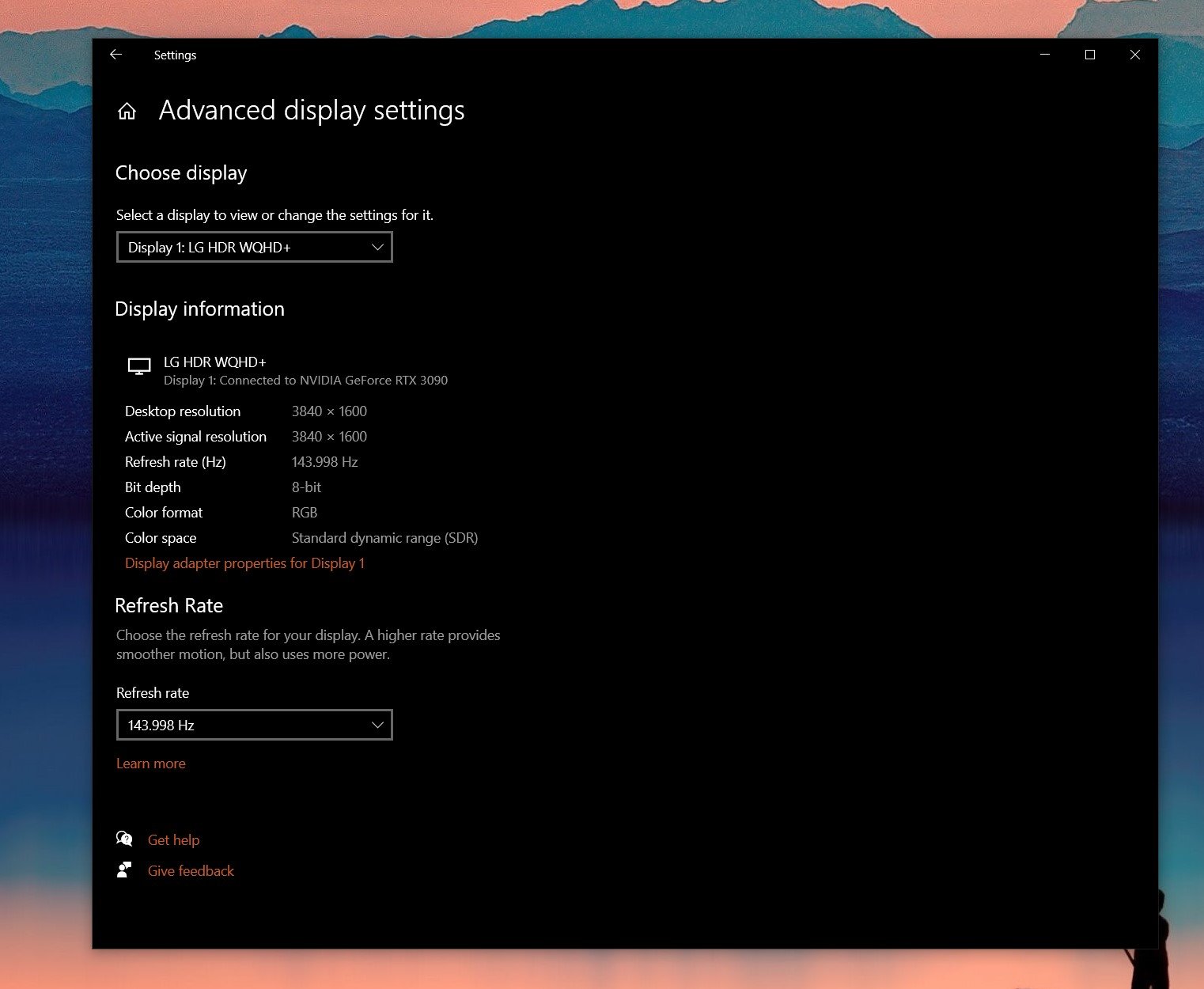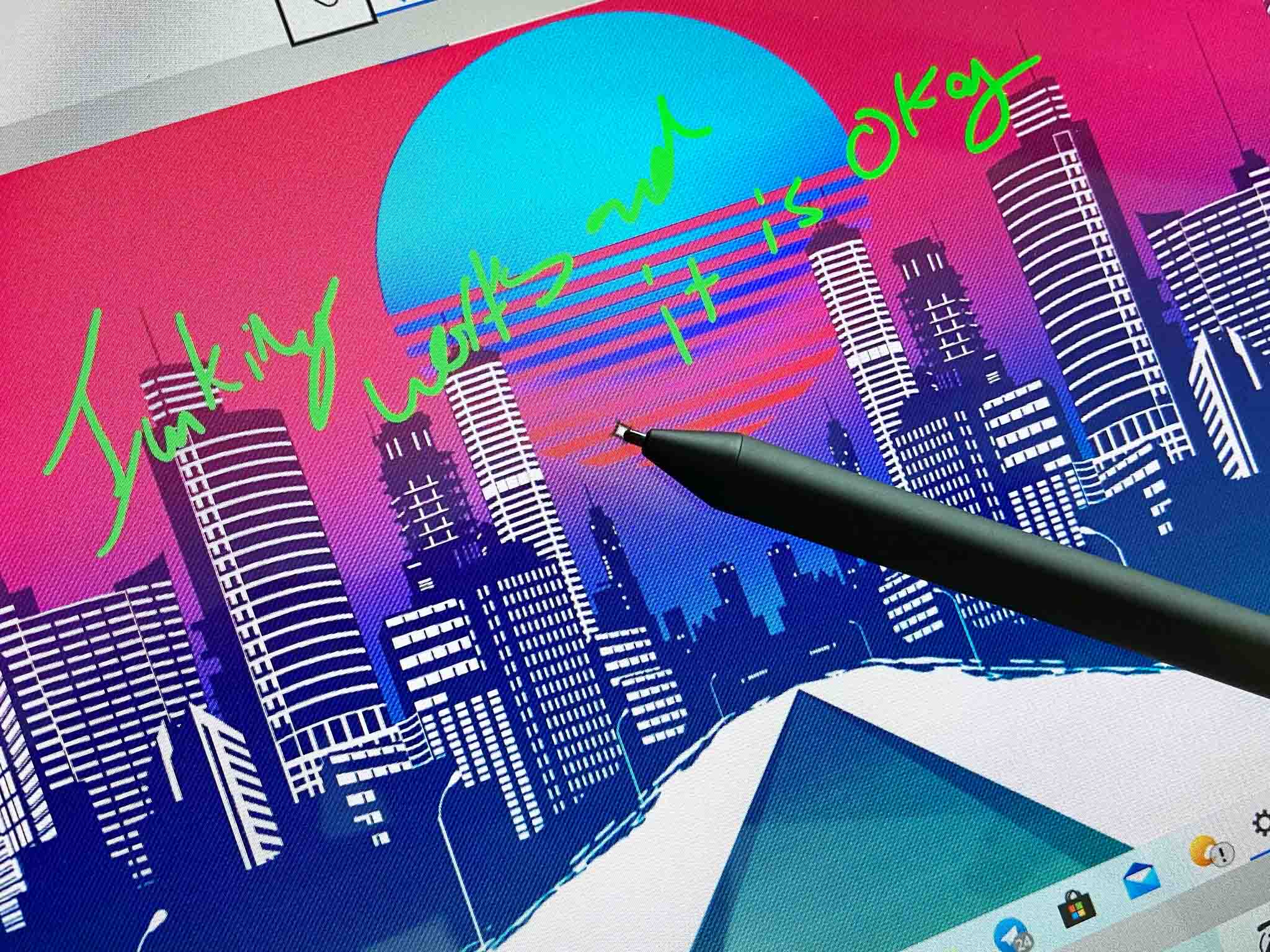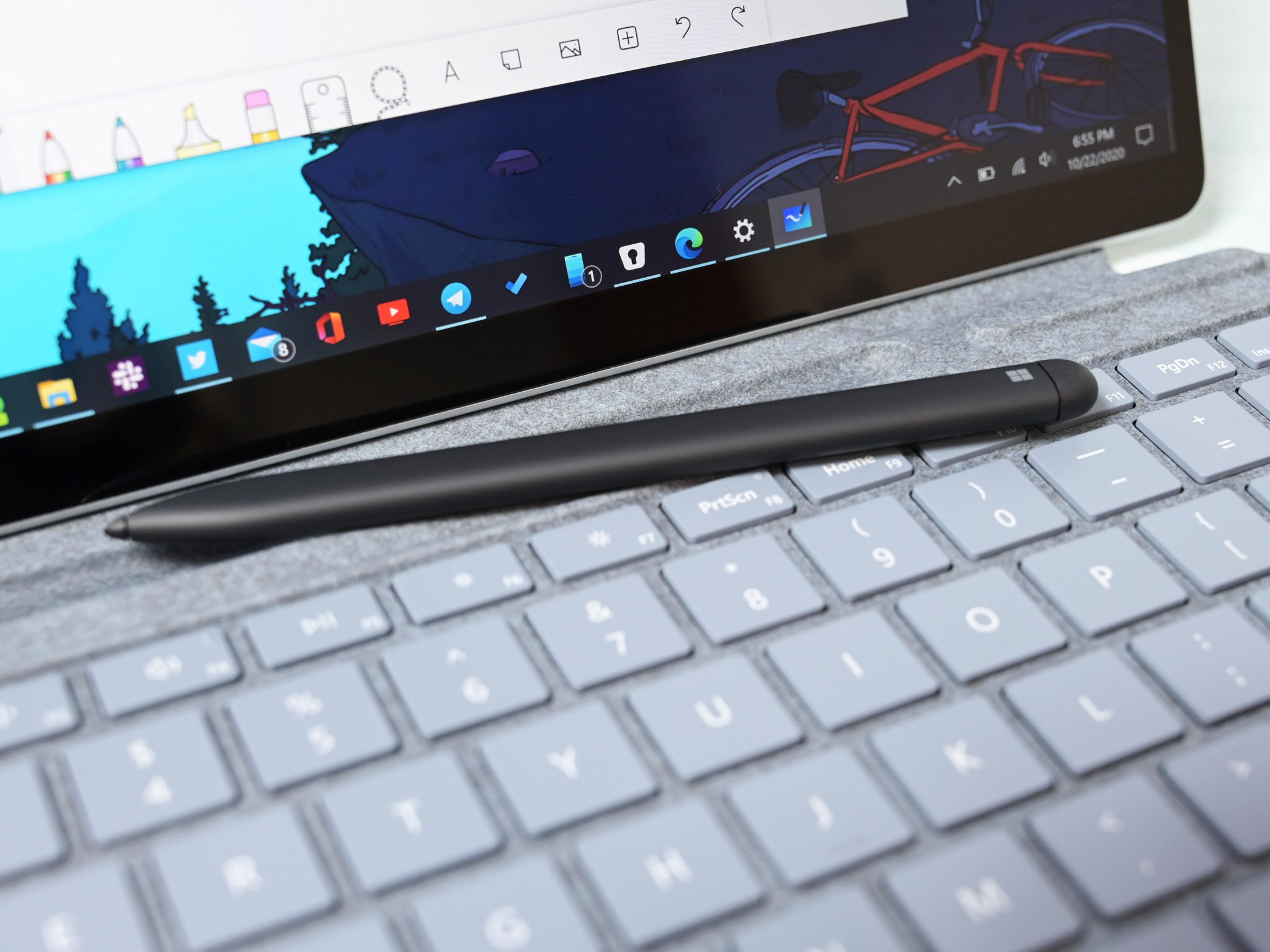Microsoft just announced that Windows 11 is getting Dynamic Refresh Rate to help improve inking, scrolling, and battery life. The tech mirrors Apple's ProMotion displays and hints at new Surface hardware coming this year.
What you need to know
- Windows 11 Insider builds are now available.
- Microsoft's announcement mentions Dynamic Refresh Rate (DRR) as being available on some devices.
- The tech differs from Variable Refresh Rate (VRR) for gaming and suggests Surface hardware with refresh rates of higher than 60 Hz could be coming soon.
A new feature coming to some Insider builds of Windows 11, which is expected to ship later this fall, hints at new Surface hardware with refresh rates of higher than 60Hz.
Dynamic Refresh Rate, or DRR, is different than the Variable Refresh Rate (VRR) that has been in Windows 10 for a while, which focuses on gaming to prevent screen-tearing. Instead, DRR applies to all of Windows 11 when using the OS for everyday mundane tasks.
Here is why it's a big deal.
Dynamic Refresh Rate: Better battery life
 While it looks great, high-refresh rates kill a laptop's battery.
While it looks great, high-refresh rates kill a laptop's battery.
Microsoft describes DRR in its release notes for the Windows 11 Insider build as thus:
Dynamic Refresh Rate allows your PC to automatically boost the refresh rate when you're inking or scrolling (which means you'll get a smoother experience) and lower when you don't need it so that your laptop can save power.
Today, almost all non-gaming laptops only support a 60 Hz refresh rate, while many gaming laptops can hit 120 Hz or as high as 300 Hz.
The issue with high refresh rates on a gaming laptop is that it runs at that 120 Hz all the time, doubling the draw on the display since it is refreshing twice as fast as a regular 60 Hz laptop. Such a refresh rate destroys good battery life as the screen is one of the top draws of battery power.
With DRR, that won't be the case.
The OS will now drop the refresh rate when the screen is static but quickly boost it when scrolling or moving around windows. While we don't know how low the refresh rate goes, it certainly beats running at 120 Hz or higher all the time, and it should have a significant improvement on battery life, especially for gaming laptops.
Dynamic Refresh Rate: New Surface hardware?
I think the other conclusion we can draw is that DRR is not just for gaming laptops. Many users have been asking for 90Hz or higher refresh rates in regular Ultrabook laptops for some time. The problem is battery life takes a hit, but that now appears to be solved with this technology.
Apple's iPad Pro features a "ProMotion display," which varies the display between 60 and 120 FPS (Hz). It is one reason people love the iPad Pro and using the Pencil as the it feels more fluid due to that improved refresh. Moreover, Microsoft mentions "inking" with this feature, which is very curious…
Intriguingly, there are no Surface products that support displays with higher than 60 Hz. That makes DRR less-effective on current hardware, as you need at least a 90 Hz refresh (or even 120 Hz) to make it worthwhile. (Of course, current Surface hardware may drop below 60 Hz, saving battery life that way, but scrolling and inking would be precisely the same and not any smoother).
When combined with Microsoft's new haptic pen technology, wake on touch, and now DRR, it seems we are finally getting some idea of where Microsoft sees PC hardware going later in 2021 and 2022. These are some significant advancements in usability, and it'll be very curious to see if a new Surface Pro 8, which could be announced in October, features all this new tech.
Watch this space.







0 comments:
Post a Comment